LEGOs have been captivating the minds and imaginations of children for nearly 75 years. Whether building miniature structures or massive life-size, running automobiles, LEGOs have become the very brick and mortar of so much in life.
For the past 35 or so years, LEGOs have even made their way into schools on a more scientific level. In fact, LEGO Robotics was first introduced into schools in 1998 as a way to technologically challenge students in a competitive way. The idea is to “combine highly accurate motors and sensors” with an “intuitive coding platform”–and LEGOs, of course–to create a robotic device of sorts.
Each year, Robotics Club kicks off in the fall and generally continues on into the spring, with over 84 teams competing annually in Indiana. Elkhart High School’s team is among them.
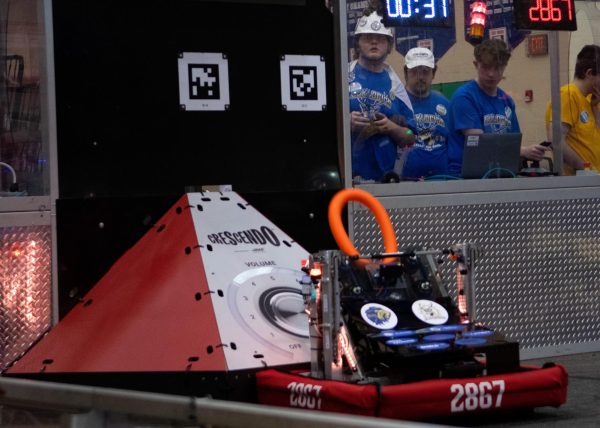 To that point, EHS has a few upcoming LEGO Robotics competitions. “Our two official competitions we are registered for currently are at Penn at the beginning of March and in Washington, Indiana, at the end of March,” shares Mr. Nick Seidl, head coach of the Robotic Team. “Our hope is to also be able to schedule an out-of-state competition in between those two–kind of like a non-conference game in sports,” he explains. “If we qualify for the State Championship event, that will be the first week in April.“
To that point, EHS has a few upcoming LEGO Robotics competitions. “Our two official competitions we are registered for currently are at Penn at the beginning of March and in Washington, Indiana, at the end of March,” shares Mr. Nick Seidl, head coach of the Robotic Team. “Our hope is to also be able to schedule an out-of-state competition in between those two–kind of like a non-conference game in sports,” he explains. “If we qualify for the State Championship event, that will be the first week in April.“
Junior Jossalin Taylor, a member of this year’s LEGO Robotics Team realizes that March is still months away. However, she also recognizes the amount of work that must be accomplished between now and then. “We’re very excited for the upcoming competition,” she asserts. “We are working hard and are prepared for the competitions!”
Teams aim to win awards for specific categories: Research, Robot Game, Robot Design, and Core Values. So, how do teams prepare for these competitions? And, how do they earn these awards?
Research and development is crucial in LEGO Robotics. Groups need to comprehend exactly what they need in order for their project to execute properly–primarily, how to make one’s project maneuver, along with working toward specific goals. Research can also inform members about the different tools required to complete a task. Thus, teams can prepare by doing a decent amount of research. But, sometimes it still boils down to trial and error.
In preparation, Seidl has been conducting plenty of hands-on research with his team. “We have a new type of drive system that we implemented last year, so we built a second one like it to use for practice driving and debugging code while the main robot is being worked on.”
Regardless of how well prepared one is, it remains very challenging to win the Robotics Competition. An intellectual sport, members must put their brains together as a team to increase their chances of success. “We also made some mechanical improvements and more advanced autonomous code for our robot from last year, and then tried it out at an off-season competition in Lafayette a few weeks ago,” Seidl states. “At that competition,” he adds, “we also let new students and the back-up drivers get some match experience.”
Despite the fact that the season will eventually come to an end, the growth of the program never does. The lessons learned from one year are implemented the next. “We’ve already made some mechanical improvements and more advanced autonomous code for our robot from last year”–a true testament to the continual progress that defines Robotics.








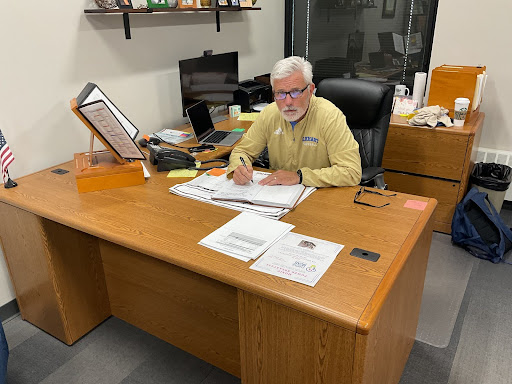






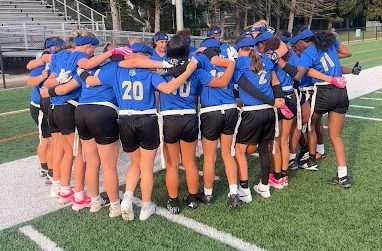
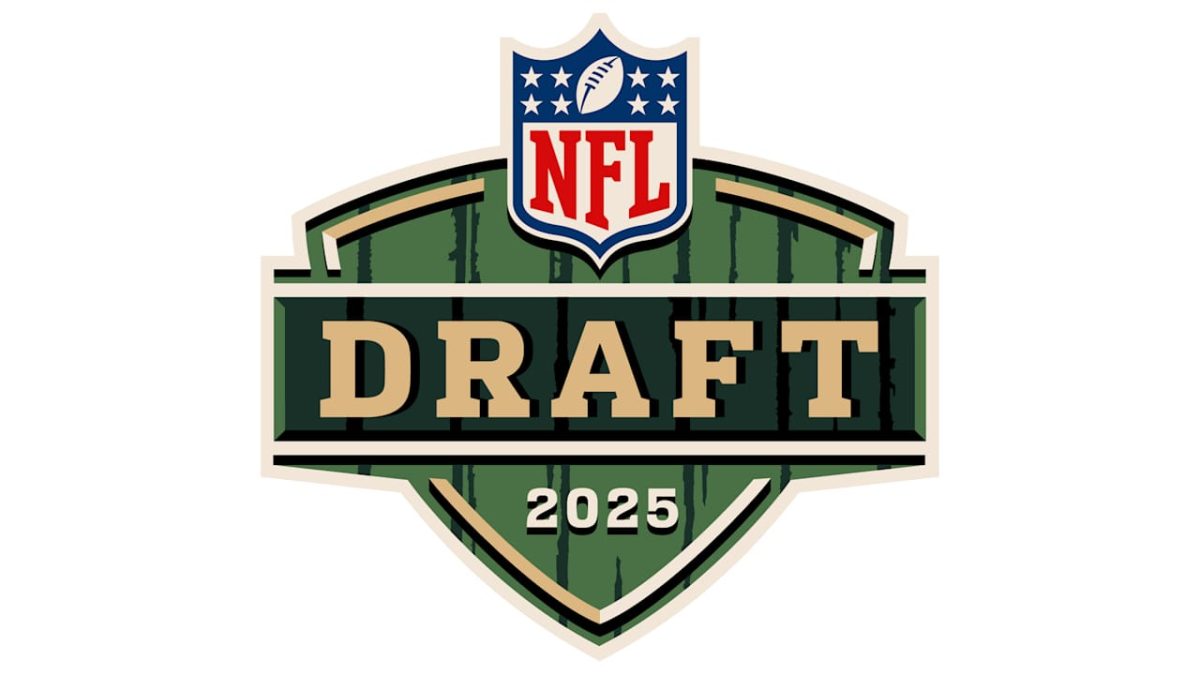

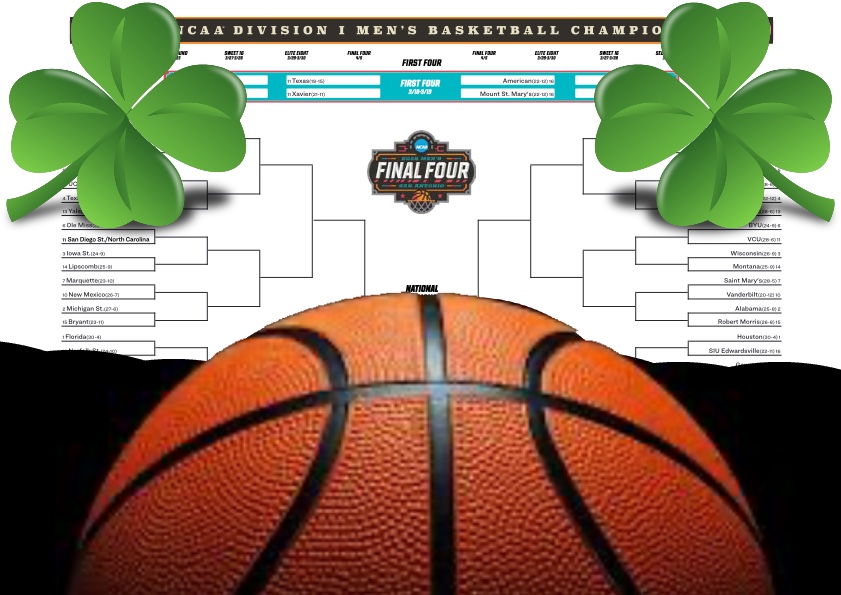
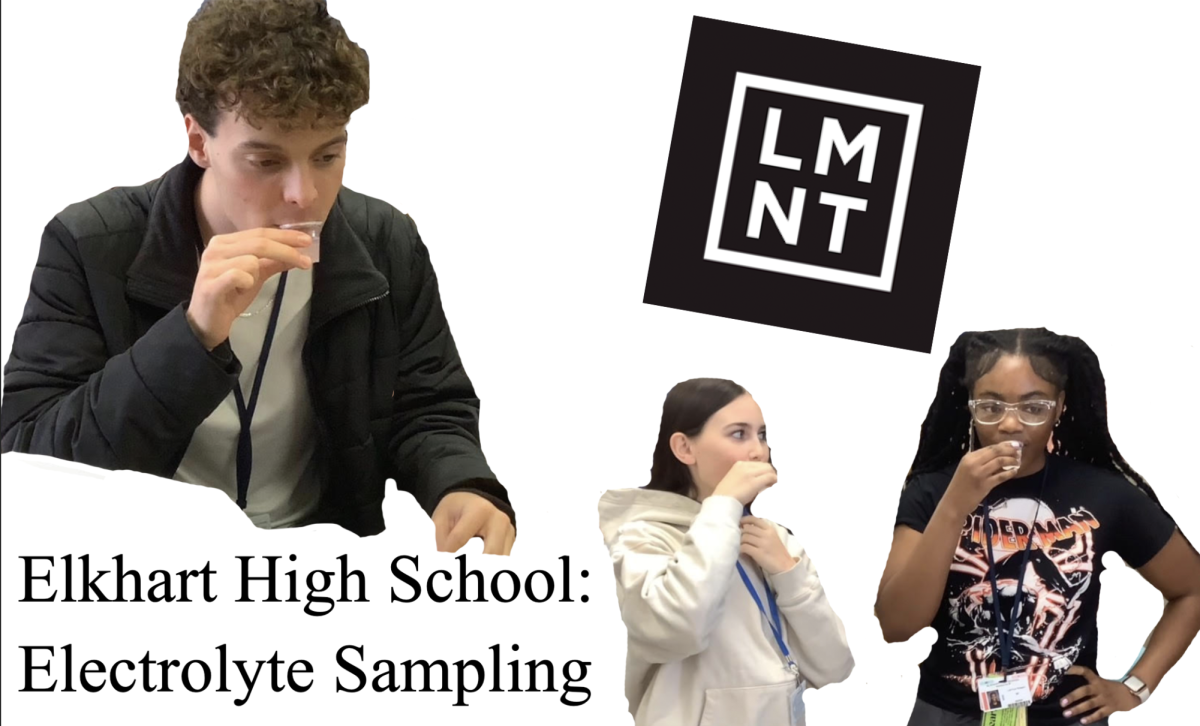

Francisco Aguilar-Trejo • Mar 6, 2025 at 10:35 am
I never know that EHS had a Robotices Competition. This story was interesting.